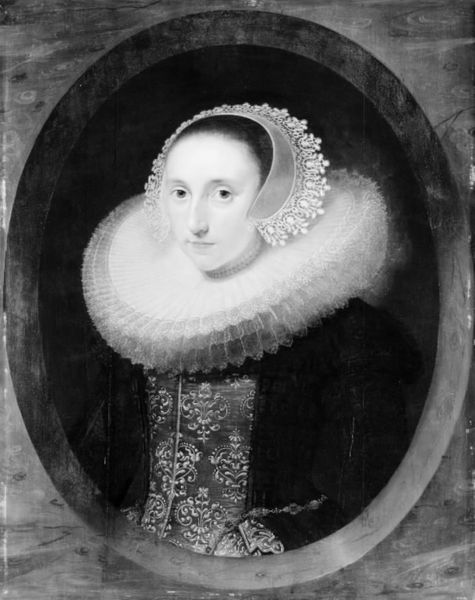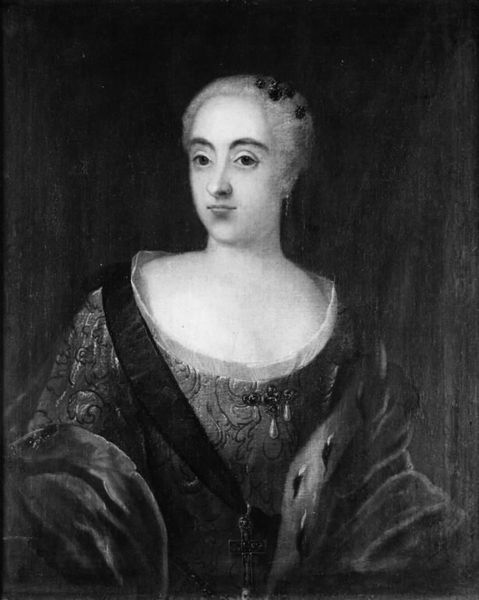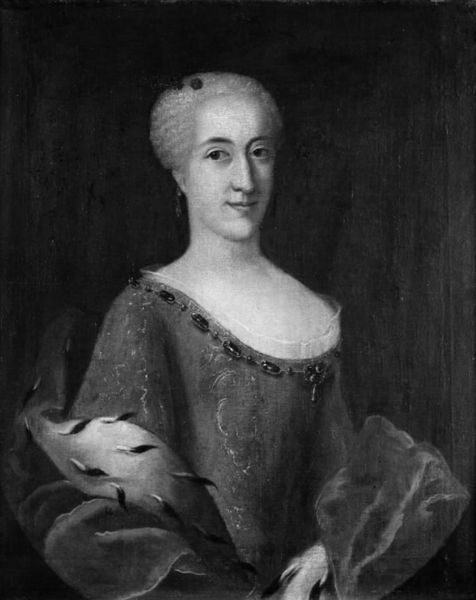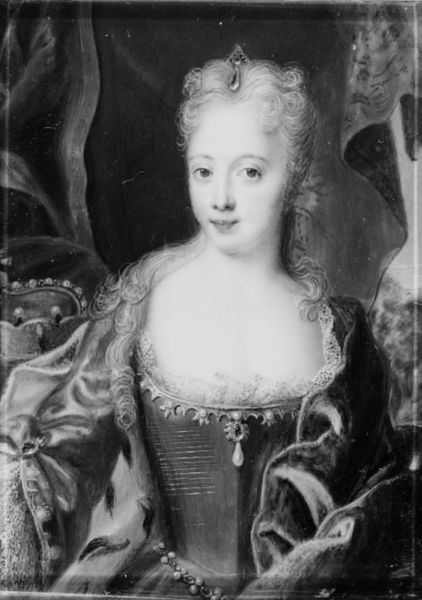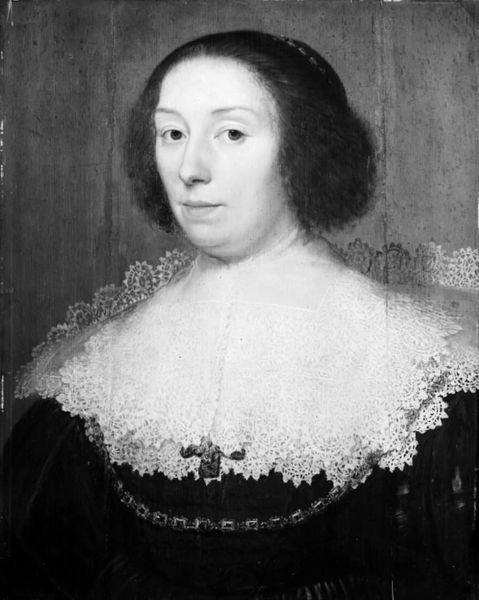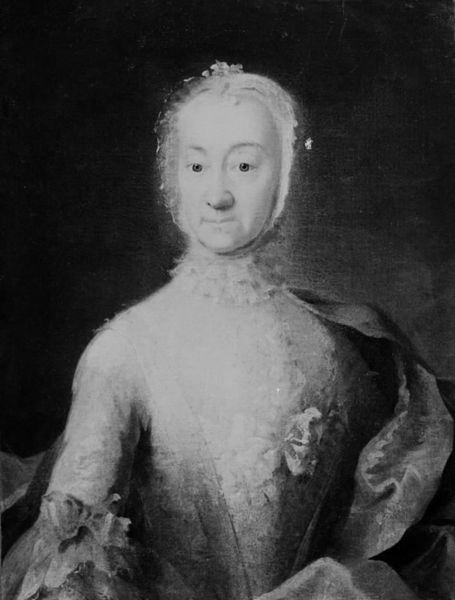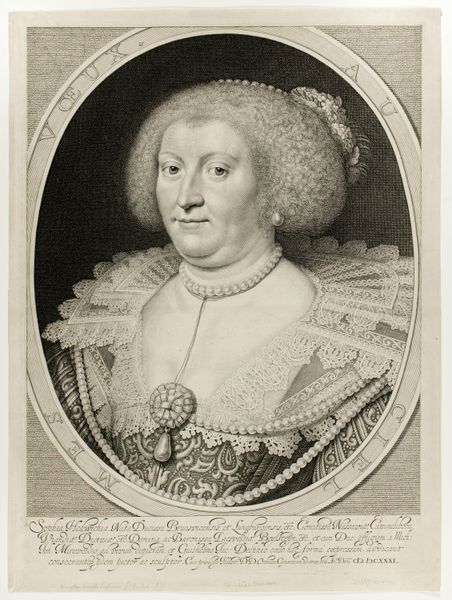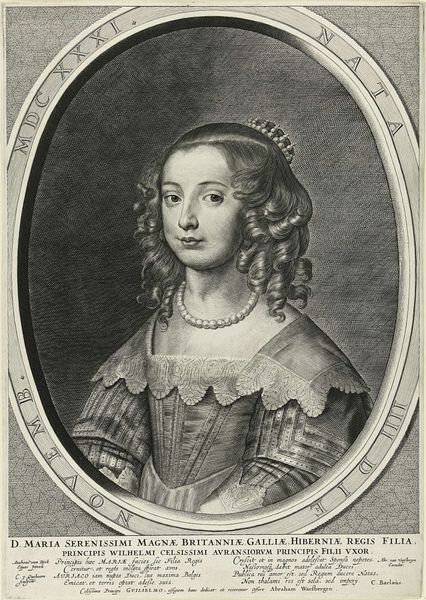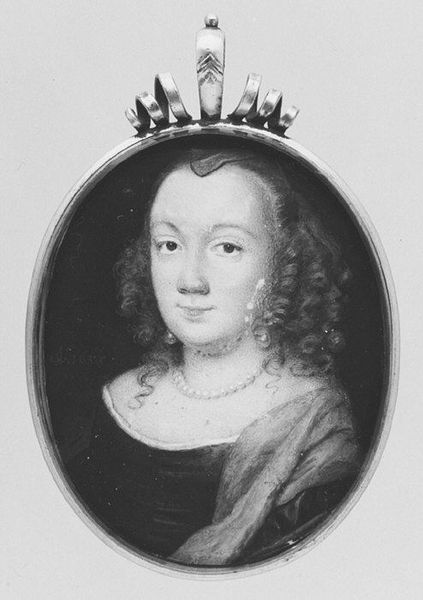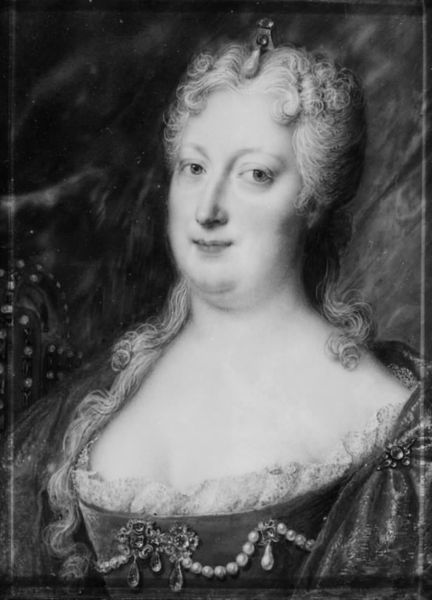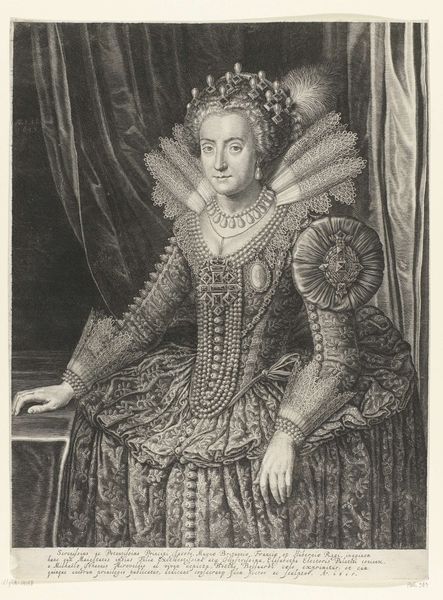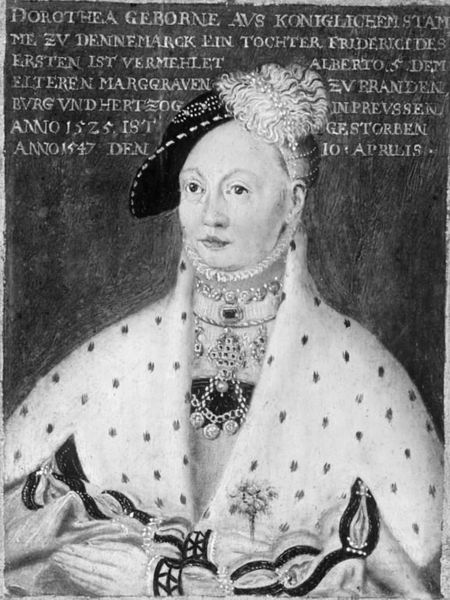
painting, wood
#
portrait
#
baroque
#
portrait image
#
painting
#
surrealism
#
wood
#
genre-painting
#
portrait art
Dimensions: 66.5 cm (height) x 51 cm (width) (Netto)
Editor: So here we have *The Countess of Mansfeldt*, a painting on wood from the early to mid-17th century by Samuel Hoffmann, currently residing at the SMK. It’s quite striking. The way she's presented, the elaborate lace and pearls against the dark background… there's almost a detached quality to her gaze. What can you tell me about this work? Curator: Well, beyond the immediate visual, consider how portraiture of this era functioned. It was deeply enmeshed in power dynamics and social standing. Think about who commissions portraits like these. Who could afford the considerable expense, and what message did they intend to convey? Editor: Certainly, she’s wealthy, powerful… Is that what portraits were *for* then? Just announcements of status? Curator: Not *just* that, but think about the political context of the time. This painting exists within the landscape of 17th-century Europe, shaped by events like the Thirty Years' War, impacting class structure and the role of women in noble families. Notice how every element, from the pearl embellishments to the lace collar, emphasizes control of visual representation. Even something that might appear aesthetic conveys authority. Why present her this way at this time? What are we being asked to believe about the Countess? Editor: It’s like she’s being presented as almost an icon…I guess the clothing, especially the lace and the pearl, all symbolize purity, perfection. Was that typical of portraiture back then? Curator: It was definitely a trend for wealthy noblewoman of that time. Think about who her intended audience was—a tool of soft power to display dynastic reach and family advancement. And beyond the sitter, it represents also a status for the painter. So what at first glance appear only decorative, speaks to power, to social hierarchy. How does it alter your interpretation to know that this woman lived in a deeply unequal world? Editor: That gives me so much to think about, not just about *her* but about why this portrait was made and how society saw women then. Curator: Absolutely. It moves us from appreciating a piece aesthetically to questioning the societal structure that made the art piece possible in the first place.
Comments
No comments
Be the first to comment and join the conversation on the ultimate creative platform.
